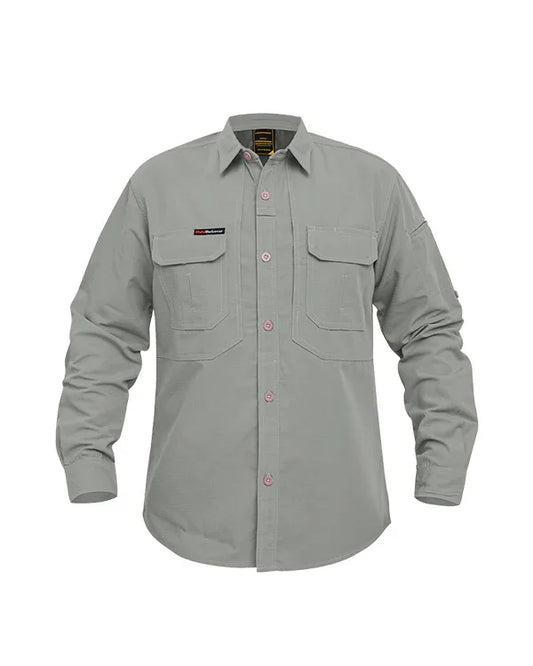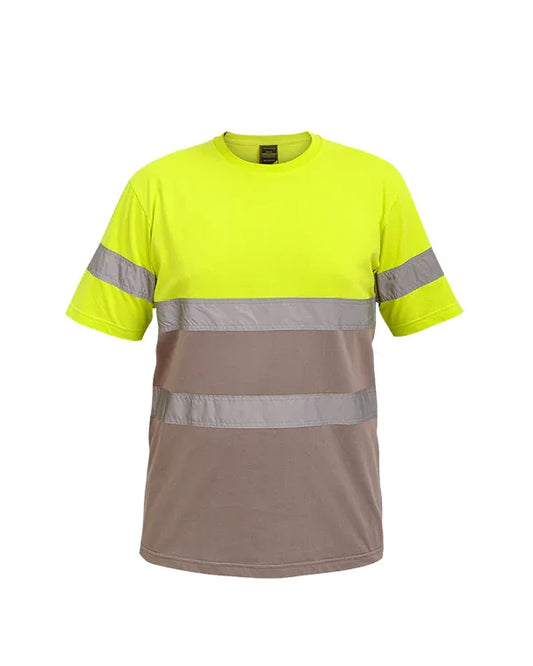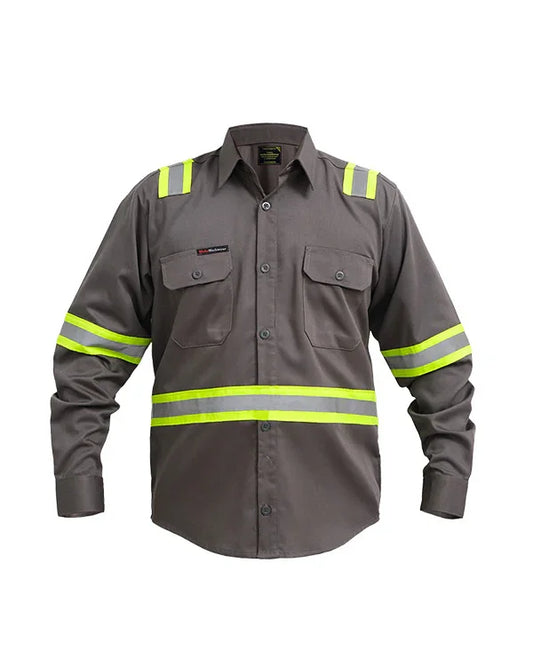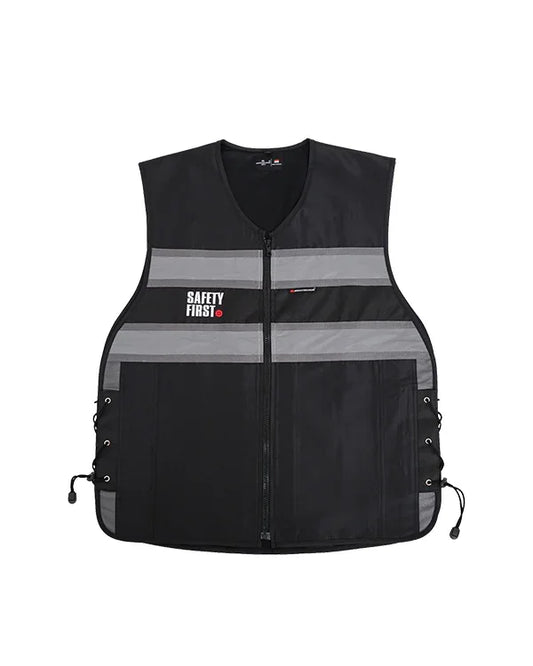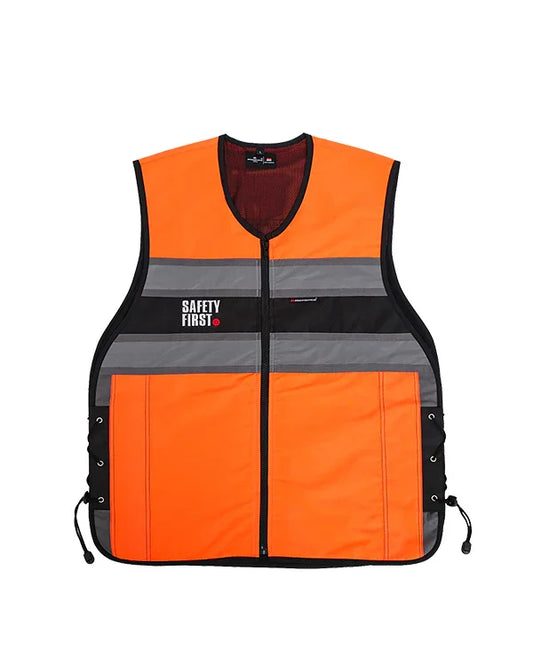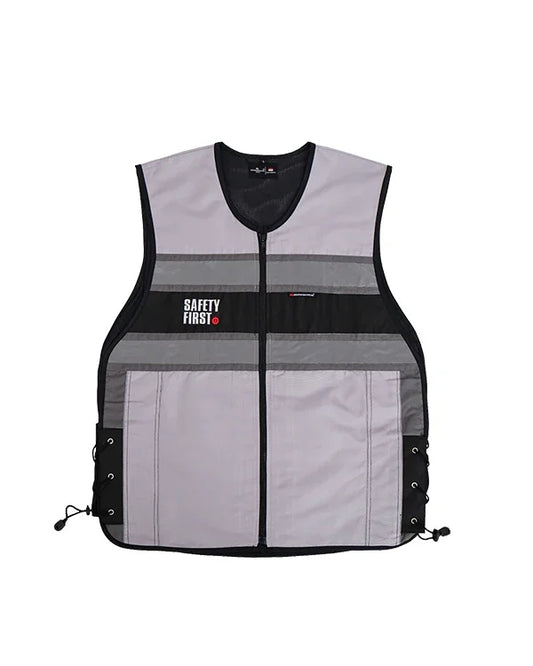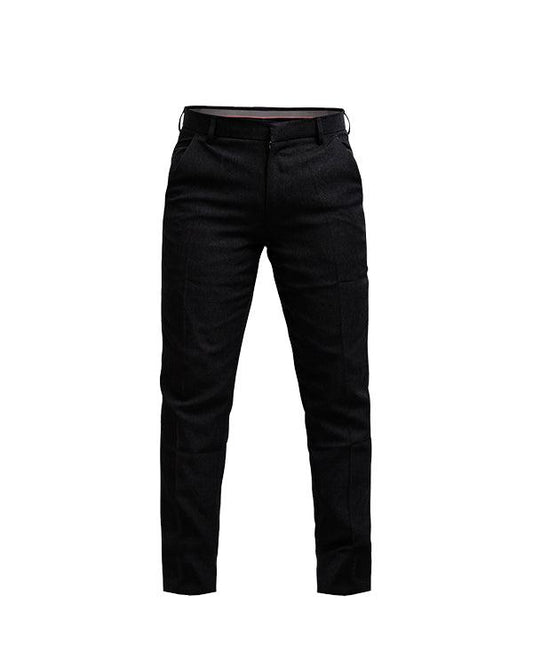
Safety Wearpack: Reliable Protection for Demanding Workplaces
When safety and compliance are top priorities, the safety wearpack becomes a key investment for companies. Designed to protect employees working in hazardous conditions, safety wearpacks are standard in mining, oil & gas, construction, and heavy manufacturing sectors worldwide.
The Role of Safety Wearpacks in Industry
Beyond being just a uniform, safety wearpacks are a shield against workplace hazards. By equipping employees with the right gear, companies not only protect workers but also build trust and professionalism on the job site.
Main Benefits
- Resistance against fire, sparks, and extreme heat.
- Protection from oil spills, industrial fluids, and chemicals.
- Increased visibility during night shifts with reflective tapes.
- Compliance with global safety standards and company policies.
Key Variations of Safety Wearpacks
- Flame-Retardant Wearpacks – for welding, oil rigs, and fire-prone sites.
- Waterproof Wearpacks – coated to resist rain and liquid exposure.
- Reflective Wearpacks – for construction and outdoor projects at night.
- One-Piece Coverall Safety Suits – full-body protection with minimal exposure.
Materials That Make the Difference
Premium safety wearpacks use fabrics like drill cotton blends, heavy canvas, or aramid-based textiles for specialized flame resistance. Each material balances durability, safety, and worker comfort.
Compliance and Safety Standards
- SNI / Local HSE regulations – compliance for Indonesian markets.
- ASTM – American testing and safety standards.
- EN ISO – European safety benchmarks for industrial workwear.
Choosing the Right Safety Wearpack
- Identify workplace risks before choosing material and design.
- Look for additional safety features like flame resistance or waterproof coatings.
- Ensure mobility with the right size and ergonomic design.







